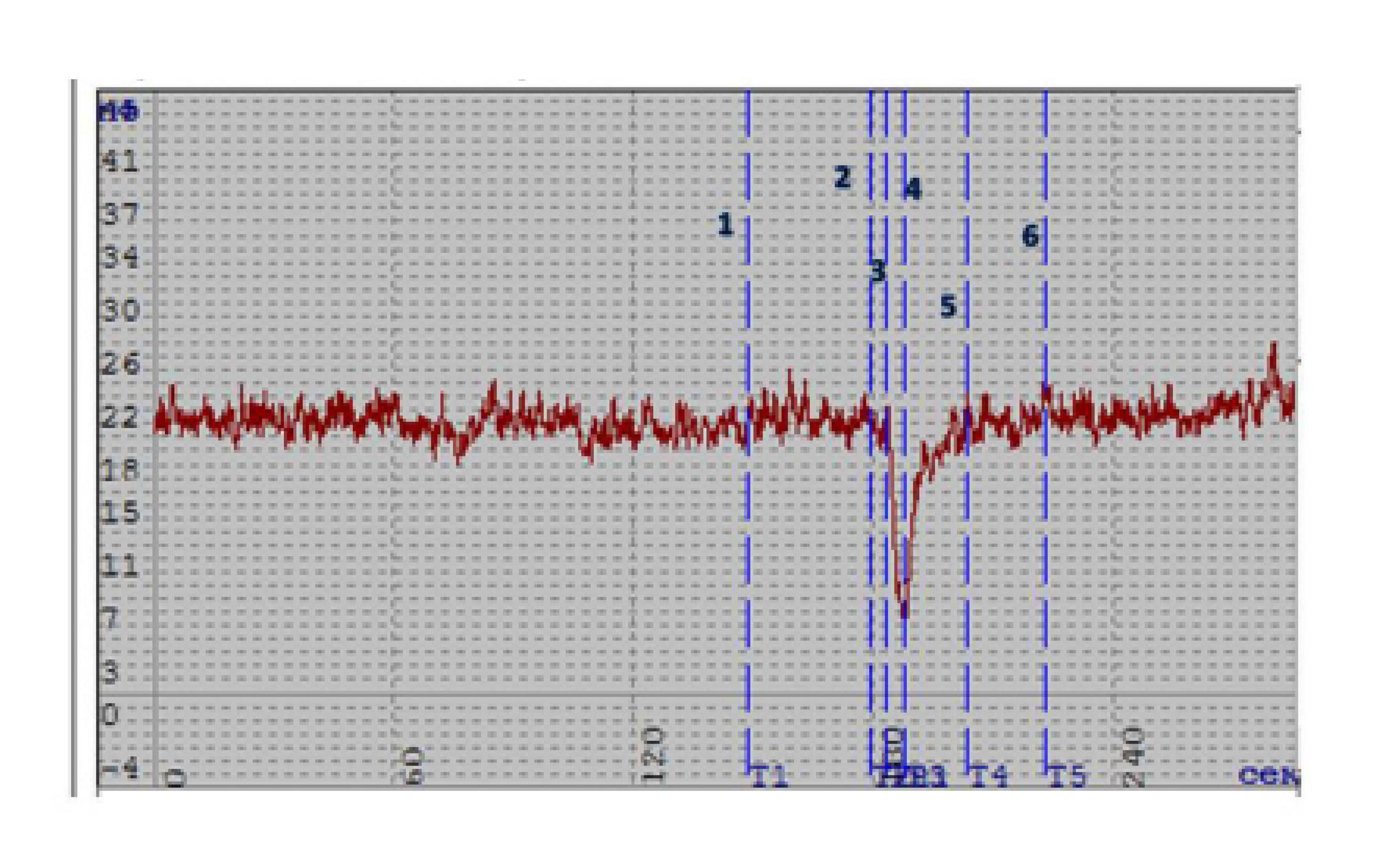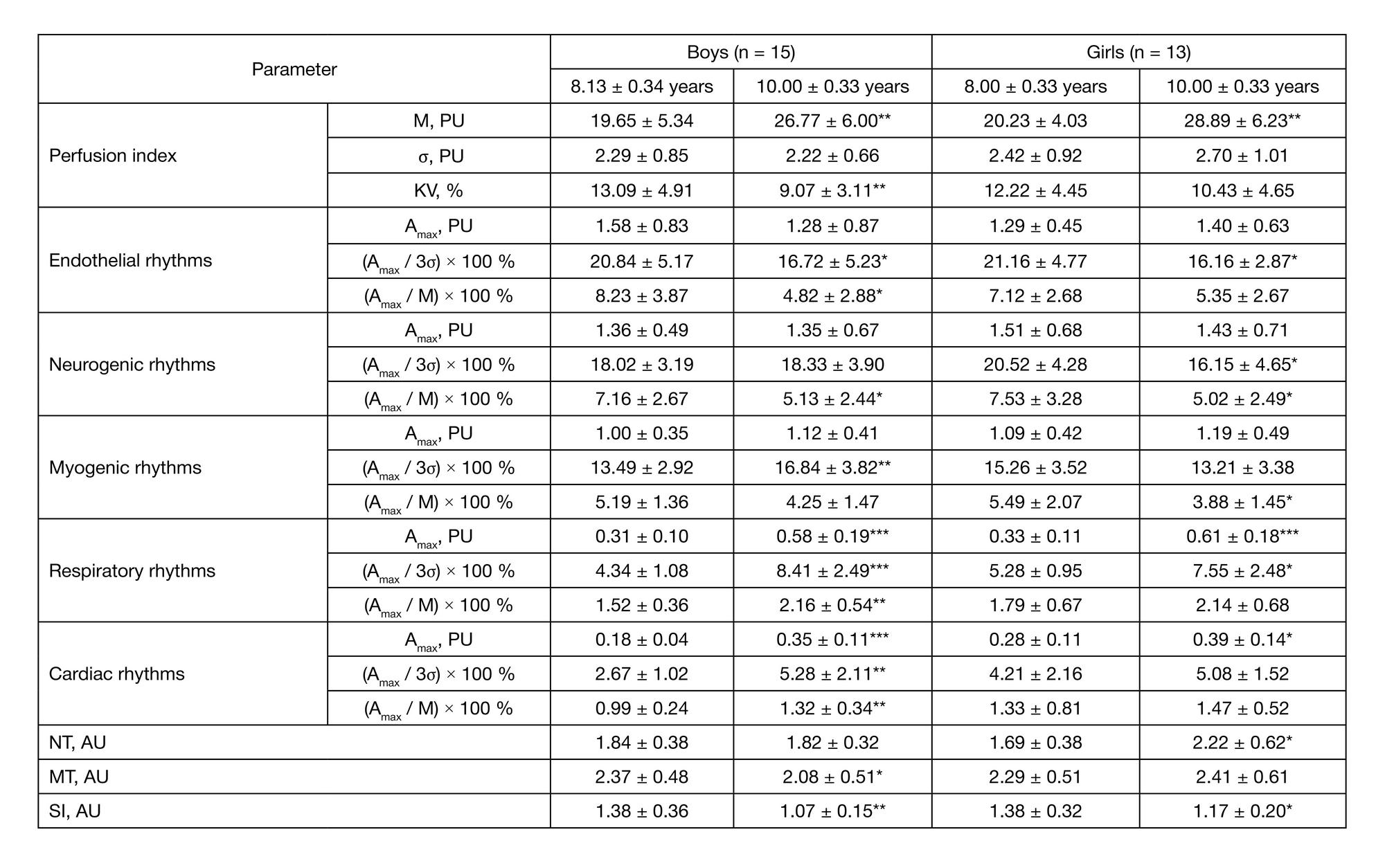
ISSN Print 2500–1094
ISSN Online 2542–1204
Bulletin of RSMU
BIOMEDICAL JOURNAL OF PIROGOV UNIVERSITY (MOSCOW, RUSSIA)

Department of Medicine, Biology and Approaches to Teaching Biology, Faculty of Natural Sciences and Geography, Yaroslavl State Pedagogical University named after K. D. Ushinsky, Yaroslavl, Russia
Correspondence should be addressed: Natalia Baboshina
ul. Respublikanskaya, d. 108, Yaroslavl, Russia, 150000; ur.kb@avetarknap


